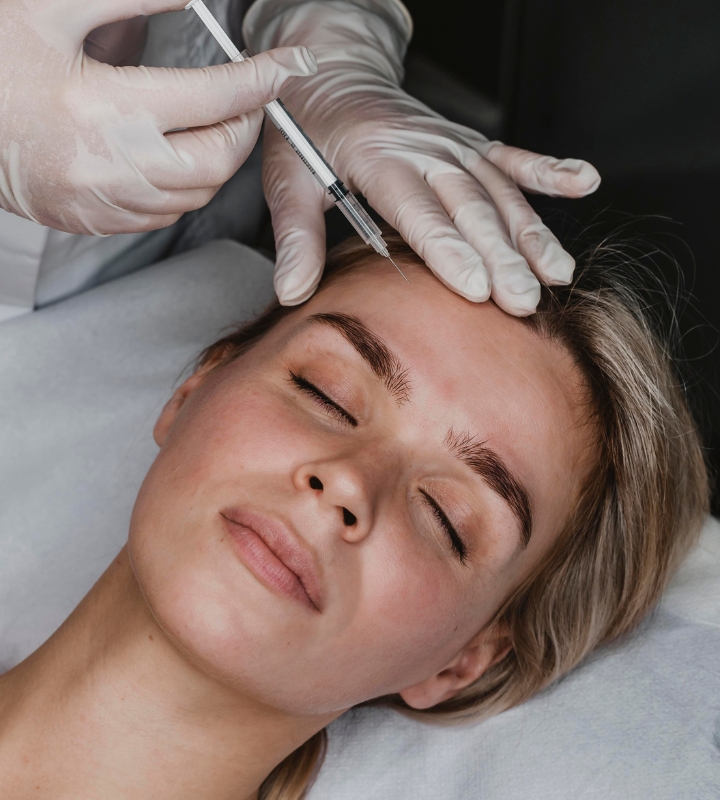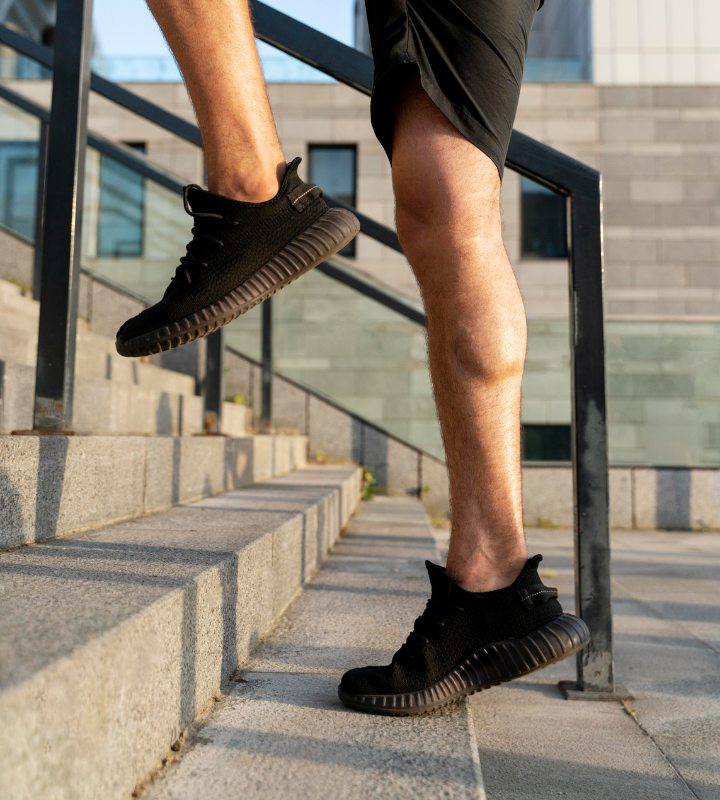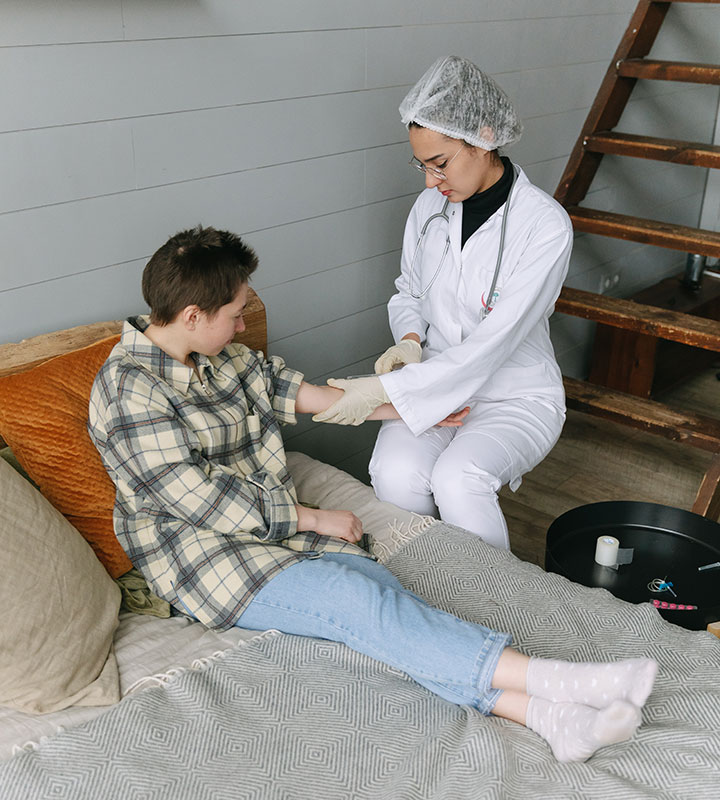Introduction
Whiplash is sudden, unwelcome, and a real pain in the neck, quite literally.
Whether it’s from a fender bender or an over-enthusiastic roller coaster ride, whiplash can leave you feeling like your head’s not quite screwed on right.
But don’t worry because here are some top-tier tips to help speed up your recovery.

Understand Whiplash Symptoms
First up, know thy enemy. Whiplash symptoms can creep up on you, and they’re more than just a stiff neck. We’re talking headaches, dizziness, blurred vision, and even irritability—basically, feeling like you’ve lost a round with a heavyweight champ.
Recognizing these signs early is your first step toward recovery. The sooner you catch them, the better you can manage them.
10 Effective Tips to Get Quick Relief from Whiplash
Seek Immediate Medical Attention
No, a quick Google self-diagnosis won’t cut it here. If you suspect whiplash, see a professional. They can assess the damage and set you up with a recovery plan.
This might include pain medication, advice on rest and movement, and a snazzy neck brace if needed.
Remember, playing doctor can play havoc with your health, so let the pros take the lead.
Rest and Recuperate
When it comes to healing, sometimes the best action is inaction. Give your neck a break. Avoid activities that might jolt or strain your neck further.
Yes, that means putting your amateur ninja training on hold.
Rest doesn’t mean immobilization, though—don’t keep your neck in a fixed position all day. Gentle movement prevents stiffness and promotes healing.
Use Ice and Heat Strategically
The old ice-and-heat routine is like the dynamic duo for pain relief. Start with ice to bring down the swelling. Wrap some ice in a towel (never apply it directly to your skin) and hold it on your neck for about 15 minutes every hour.
After a couple of days, when the initial “ouch” phase has passed, switch to heat. A warm shower or a heating pad can soothe and relax your muscles. Just don’t turn the heat up too high—this isn’t a BBQ.
Consider Over-the-Counter Pain Relief
Sometimes you need a little extra something to handle the pain. Over-the-counter pain relievers like ibuprofen or acetaminophen can be real lifesavers.
They reduce pain and inflammation, helping you feel more human and less like a rusty robot. Just stick to the recommended dosages—overdoing it can lead to other issues, and you don’t want that.
Gentle Exercise and Stretching
Now, don’t go signing up for neck aerobics just yet. We’re talking gentle, slow stretches to ease those tense muscles. Your doctor or therapist can recommend safe exercises.
Simple movements like tilting your head from side to side or looking over each shoulder can help. It’s about gentle coaxing, not forcing your neck to limbo dance.
Physical Therapy
Once you’ve navigated the initial recovery phase, physical therapy might be the next step in your rehab playbook, and you may even be able to get help with the cost of the accident causing your injury was someone else’s fault – see a good car accident lawyer for more help with that.
A trained physical therapist specializes in body mechanics and can tailor exercises to strengthen your neck muscles and improve flexibility.
These sessions often include techniques like massage, ultrasound, or even traction to gently stretch your neck muscles, providing relief and restoring function. Think of your therapist as a coach who’s there to get you back in the game, pain-free.
Maintain Good Posture
Mom was right—sit up straight! Proper posture is crucial, especially after a whiplash injury. Slouching or craning your neck forward can add stress to already tender muscles and ligaments. Set up your work and relaxation areas to support good posture.
Keep your computer screen at eye level, use a chair with good back support, and avoid holding your phone between your neck and shoulder. It’s about making your environment work for you, not against you.
Use a Supportive Neck Pillow or Collar
For severe cases, your doctor might recommend a neck brace or collar to help support your neck and limit motion while you heal. For nightly use, invest in a supportive neck pillow.
These pillows are designed to keep your neck aligned while you sleep, preventing awkward angles or too much twisting. Waking up without extra stiffness or pain can feel like a minor miracle on the road to recovery.
Stay Hydrated and Eat Well
Believe it or not, what you eat and drink can affect your recovery. Staying hydrated keeps your spinal discs (your neck’s natural shock absorbers) healthy and plump, which can ease discomfort.
Foods rich in Omega-3 fatty acids, like salmon and walnuts, are known for their anti-inflammatory properties.
Also, loading up on fruits and vegetables packed with antioxidants can help repair damaged tissues faster. It’s not just good for your neck; it’s good for your whole body.
Manage Stress and Mental Health
Recovering from an accident can be as stressful mentally as it is physically. Stress can actually increase your perception of pain and slow down the healing process.
Engage in stress-reducing activities like meditation, deep-breathing exercises, or gentle yoga. These practices can help you manage anxiety and improve your mental focus, making your recovery period a little easier to handle.

Know When to Consult a Lawyer
If your whiplash injury resulted from an accident that wasn’t your fault, like a car crash, consulting with a personal injury lawyer might be wise.
An experienced lawyer can help you navigate the often-complicated waters of insurance claims and medical bills, ensuring you receive the compensation you deserve. They handle the battles so you can focus on getting better.
Recovering from whiplash isn’t just about healing physically; it’s a holistic process that involves supporting your mental health, tweaking your environment, and sometimes, seeking justice.
By incorporating these tips, you’re not just surviving your recovery; you’re thriving through it. Remember, each day can bring improvement, and with the right approach, you’ll find yourself back to normal—or even better than before.
So keep your chin up (gently, of course) and move forward with confidence. Your neck, and your future self, will thank you.













